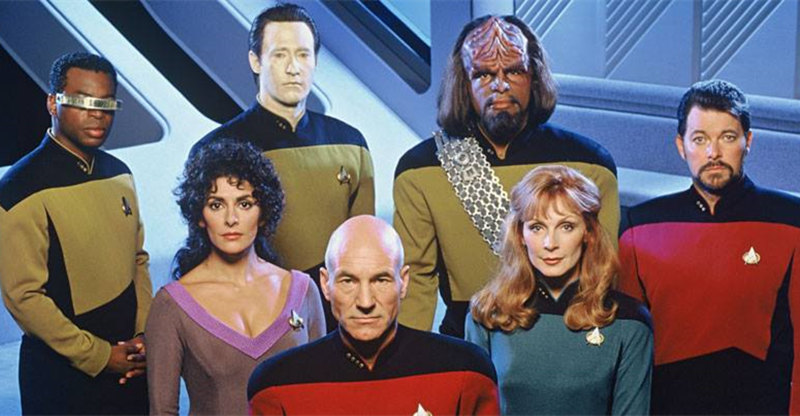Imagine, if you can, an America in which state legislators pass laws that tell citizens who they can or cannot marry. Imagine further, if you can, that these laws are derived primarily from the belief that God made humans different for a reason. Just as the good Lord divided people into different genders so that they should marry each other, He created different races so that they, um, shouldn’t marry each other. Look, it’s complicated. You need a good imagination to make all the ideas that contradict each other fit together. It helps to close your eyes, and your mind as well.
In 1958, Virginia residents Richard Loving (a white man) and Mildred Jeter (of African-American and Native American descent, which qualified her as “black” in the eyes of the law) traveled to Washington, D.C. to get married. They did so because they knew of the anti-miscegenation laws codified by Virginia’s Racial Integrity (i.e., Racial Purity) Act of 1924; an out-of-state wedding was a necessity. What they never expected was that once they moved home, the local sheriff and his deputies would raid their home at midnight, throw them both in jail, and embroil them in a legal battle that would take the greater part of a decade to resolve.
The Lovings were sentenced to a year in prison, with the sentences suspended provided they accepted permanent exile from their home state for the grievous sin of living up to their married surname. The new documentary “The Loving Story” (2011), directed by Nancy Buirski, shows us exactly how they refused to accept their fate and resisted the considerable societal forces trying to tear them apart.
Neither Richard nor Mildred had any interest in being civil rights pioneers, but they had an understandable interest in being able to see their family and friends back home. Constantly fearing arrest on every surreptitious return to Virginia, they eventually contacted the ACLU where lawyers Bernard Cohen and Philip Hirschkop traced a multi-year path through a maze that ran from the Virginia court to Federal jurisdiction, back to the state, and ultimately to the U.S. Supreme Court.
Relying on both archival footage and contemporary interviews, Buirski relates a familiar but still sickening tale of hatred and ignorance, and not just from racist sheriffs and judges: local and state governments do not function without the often enthusiastic consent of a significant portion of their constituency. Progress is not inevitable; activists must claw and scrape for every tiny step in the face of endless, mulish resistance. Fortunately, the Lovings’ decade-long battle met with total legal victory. A unanimous Supreme Court ruling left no wiggle room: “Under our Constitution, the freedom to marry, or not marry, a person of another race resides with the individual and cannot be infringed by the State.”
So stick that in your stinky britches, bigots. Marriage equality is the rule of the land. Guess you’ll have to find someone else to discriminate against… ah, I see you already had a backup plan in place. Adam and Eve, not Adam and Steve? Good one, dude. Human ingenuity knows no bounds.
Buirski’s documentary benefits greatly from rarely-seen 16mm footage of the Lovings: taciturn Richard with his stark crewcut and literal red neck, modest Mildred speaking both gently and eloquently. Footage of the ACLU lawyers in strategy bull sessions adds another layer of texture, and both Cohen and Hirschkop emerge as vivid characters alongside the Lovings. The film delivers the essential information in a no-frills manner, but its admirable efficiency is almost a detriment at times. You could probably glean the same facts from the Wikipedia entry on the Loving case. What’s of real interest here is seeing the Lovings and their lawyers back in the heat of the battle, and less definitely leaves us wanting more.
The Lovings were only able to enjoy their legal marriage for another eight years as Richard was killed by a drunk driver in 1975 at the age of 41. Mildred lived until 2008. Neither of them outlived prejudice, but their quiet courage and perseverance set a precedent that changed both a state and a nation, even with the antediluvian freaks fighting them the whole way.
Video:
The film is presented in a 1.78:1 aspect ratio. The image quality varies with the different archival sources, but the SD transfer is solid overall.
Audio:
The Dolby Digital stereo track is clearly mixed. No subtitles are provided.
Extras:
This Docurama release is strictly bare bones, so nothing but the movie.
Film Value:
I look forward to a time when “The Loving Story” doesn’t seem so timely. As it is, director Nancy Buirski has assembled a film that is both faithful to its fifty year old subject matter and directly relevant to the current struggles for marriage equality. No need to draw any overt parallels. Same cavemen grunting against human rights (although now they have their own cable news network), same crusaders working to beat them back into the shadows, and the Supreme Court still getting the final word. As with “The Loving Story,” we have reason both to be horrified and inspired by what people can accomplish, and a reminder that progress only happens through coordinated and relentless activism.


